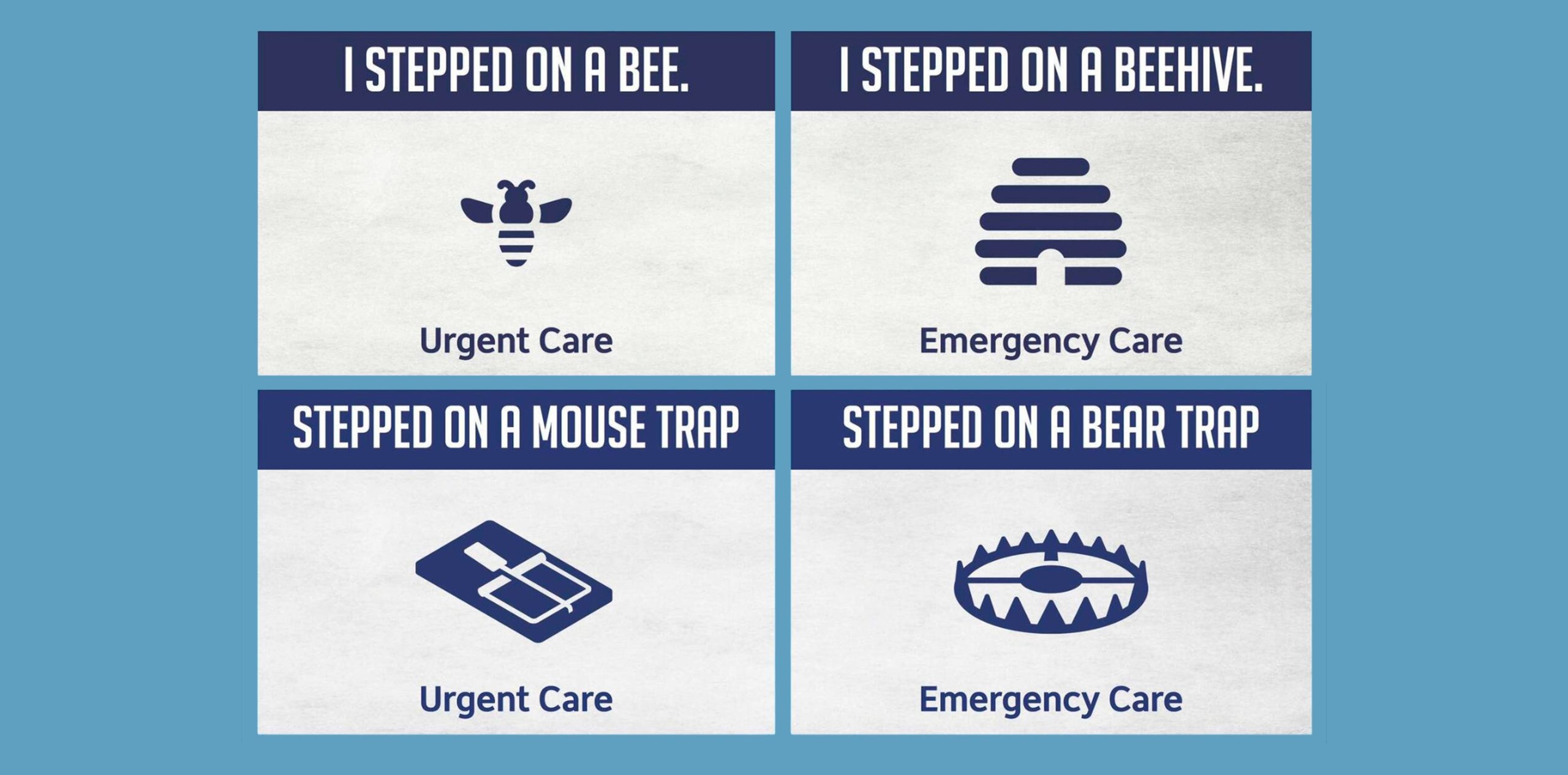Medicare Urgent Care Clinics and the triple bulk billing incentives were central to the government’s campaign to support the health system. But are they working?
Potentially avoidable GP-type presentations to ED aren’t going down, but bulk billing rates are, according to this year’s Report on Government Services.
The federal government began rolling out Medicare Urgent Care Clinics from July 2023 , alongside a promise that they would ease the pressure on emergency departments.
But according to the 2025 Report on Government Services, released last night, GP-type presentations to EDs remained largely stagnant at 2.8 million between 2022-23 and 2023-24.
Potentially avoidable GP-type presentation to EDs had remained fairly consistent since 2014-15 but did rise to 3 million and 3.1 million during covid in 2021-22 and 2020-21 respectively.
Speaking to The Medical Republic, RACGP president Dr Michael Wright said that the data showed the MUCCs weren’t yet showing their worth.
“Importantly, [the data] show that the preventable hospitalisations have been pretty stable for the last decade, despite talk that there is increasing pressure on hospitals, these data don’t tend to reflect that,” he said.
“It also shows that the UCCs to date haven’t had an impact either.”
AMA president Dr Danielle McMullen agreed.
“It shows that UCCs haven’t necessarily reduced the demand on hospitals, and also that it’s really important that we don’t blame patients for where to go,” she told TMR
“Patients don’t always know what’s an emergency and what’s not.
“What we should be working together on is how to support patients to access the right care at the right time, and we know that investing in general practice to provide more urgent appointments and acute care within mainstream general practice helps maintain that continuity of care.
“We think would be a better investment than more urgent care centers.”
Related
In late 2023, the government also introduced the triple bulk billing incentive.
This measure was explicitly targeted toward concession card holders and children, but there was hope that the extra funding would allow GPs to lower private fees across the board.
This has not borne out.
The national total expenditure per person on general practice did increase in real terms, from $440 in 2022-23 to $452 per person in 2023-24, taking inflation into account.
This increase did not align with an overall drop in costs to patients or an overall increase in bulk billing.
Dr Wright said the small increase in per person funding “was better than a decrease” but it followed a considerable drop over recent years, with 2022-23 seeing the lowest per-person expenditure for a decade.
“There is a small increase here, and that reflects the impact of the tripling of the bulk billing incentives which did help some GPs to continue to bulk bill more concession card holders and pensioners, but we need more than those incentives to support access to care to all Australians,” he said.
“We definitely need to do a lot more to reinvest in Medicare and provide greater support for general practice.
“All Australians deserve affordable access to general practice.”
Despite the triple bulk billing injection, bulk billing has continued to decline overall.
In 2023-24, 47.7% of patients were fully bulk billed, a decrease from 51.7% in 2022-23.
“It just shows that we need to focus not only on supporting bulk billing, but we also need to decrease out of pocket costs for patients who aren’t being bulk billed. That requires a more comprehensive investment in Medicare rebates,” said Dr Wright.
Over 2023-24, the average out-of-pocket costs for a patient to see a GP sat at $45, preceded allied health, $68, and specialists, $117.
High costs caused 8.8% of respondents who needed to see a GP to delay or forgo appointments, the highest proportion since 2014-15.
This continued a year-on-year increase since 2020-21, when the proportion was 2.4%.
Around 8% of respondents delayed filling or did not fill a prescription due to costs, which was also the highest proportion recorded since 2014-15, continuing a year-by-year increase from 4.4% in 2020-21.
In total over the last financial year, 77.3% of non-referred GP services were bulk billed, and 28.7% of specialist services.
In terms of the workforce, the number of GPs per 100,000 people dropped by almost 5% between 2022 and 2023.
It now sits at 109.7, leaving 39,449 GPs in total across the nation, 29,215 of whom are on a full-time equivalent basis.
“Nationally in 2023, the number of FTE GPs per 100,000 people decreased as remoteness increased (111.8 GPs per 100,000 people in major cities compared to 87.3 GPs per 100,000 people in outer regional, remote and very remote areas),” read the report.
Dr Wright said this showed the need for more GPs in communities and across Australia.
“It’s a concern that the GP numbers are dropping, when we’ve never needed [GPs] more… with our aging population, a growing population, more people living with chronic health conditions,” he said.
“We really need to increase access to GP services, which involves training more GPs, and we need to make care more affordable for patients, and that involves increasing the medical Medicare rebates.”
In terms of workforce sustainability, in 2023 26.6% of full time GPs were aged 60 years or older, compared to 1.5% who were less than 30 years of age.
“This is the equal highest proportion of GPs aged 60 years or older and the equal lowest proportion of GPs who were less than 30 years old across the reported nine-year time series (equal with 2022),” read the report.
The proportion of GPs who exited the GP workforce in 2023 was 1.4% nationally.





